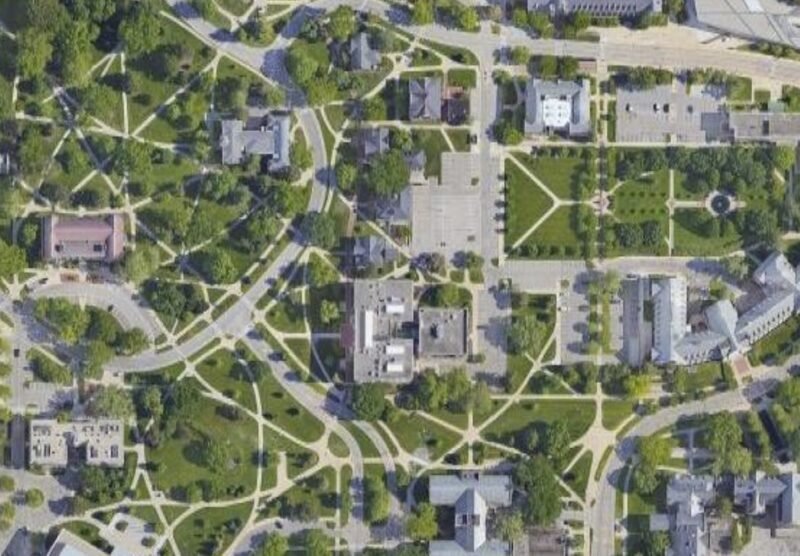A Trashy Hotel

The world’s oceans contain 46,000 pieces of plastic per square kilometer. The ‘Great Pacific Garbage Patch’, or the ‘Pacific Trash Vortex’, an unintentional garbage artwork made by mankind, is expected to be twice the size of France. To raise awareness for these shocking facts, Corona launched its Save the Beach campaign, which addresses the issue of beach and sea pollution. The campaign travels the world, visiting beaches that are so heavily polluted that they deserve to be saved. To give visual expression to the project, German sculptor H.A. Shult designed a hotel made out of twelve tons of garbage that was found on Europe’s beaches.
The unusual temporary accommodation, which is opened for guests for just five days, features three rooms and two baths. The construction material that was used to build the walls ranges from cans and car parts to socks and soccer balls. The 63 year old designer Shult, who is known for his garbage art, claims that he built the Corona Save the Beach Hotel as a “mirror of our time”. He considers his his work as a call to action.
“In the ocean, the trash from all continents meets one another. The trash from Africa meets the trash from Europe, meets the trash from South America. The environmental problem is a global problem. We are living in a planet of garbage.”

Campaign ambassador and Danish supermodel Helena Christensen opened the Corona Save the Beach Hotel in Rome.
Obviously, Corona’s campaign is not only aimed at raising awareness for an environmental problem, it is also meant to be a a form of brand exposure. We already predicted that marketing is slowly becoming an integral part of urbanism. Brands are increasingly able to sophisticatedly show their message in public space. Urbanism is marketing, but marketing has also proved to be a form of urbanism. Furthermore, brands look for involvement in urban spaces not only to appeal to passers-by, but also to find a broader audience on the Internet.



